The Sacred Art Museum in Gran Canaria
The Sacred Art Museum, in Gran Canaria, exhibits large artistic treasures right in the heart of the historic district of Vegueta.
There exists a place in Las Palmas de Gran Canaria where the sweet aroma of figs are mixed with the scent of citric fruits. Set between the walls of the Cathedral of Santa Ana and calle Espíritu Santo, facing south, is the aromatic Patio de los Naranjos, which dates from the 17th century and topped off by a splendid Canary balcony. The rooms surrounding the courtyard are former cathedral side buildings, and today house the Diocesan Sacred Art Museum, a celestial reflection in the heart of the historical neighbourhood of Vegueta.
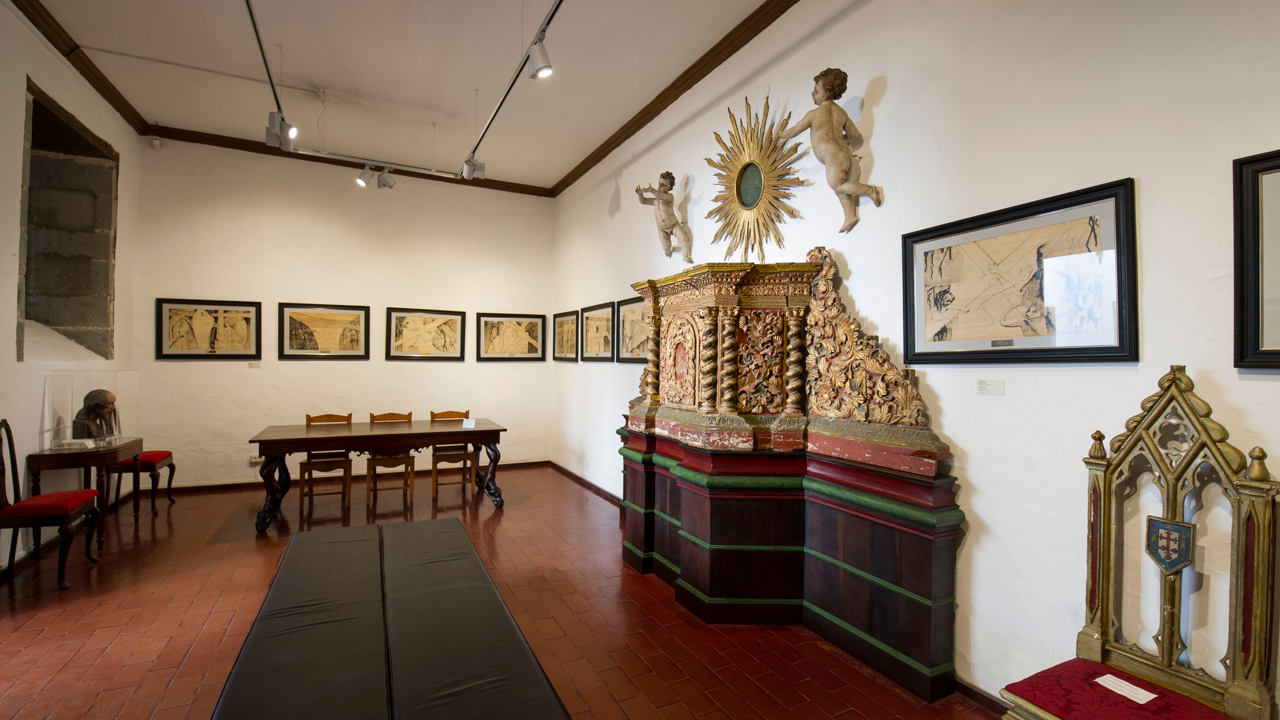
The trickling fountain is a mere ripple in the peace and quiet that can be felt around the place. Don José Lavandera, the Museum’s director, is justifiably proud of the artistic treasures housed in the centre, highlighting for example “the rich collection of Flemish paintings” and the abundant presence of the little but subtle religous carvings of Luján Pérez, the town’s prodigal son who was born in the 18th century, to a family of farm workers but whose destination would nevertheless be to cultivate Art with a capital A.
This journey around artistic creation inspired by fervour is distributed around five different rooms. The Silk Room and the Treasure Room maintains its structure of bare stone and ceiling of volcanic rock and Canary pine wood. This site was used to store the Cathedral’s treasure and the silk and damask clothing that was used in the liturgy. The rooms also bring together wood carvings that enable visitors to appreciate the evolution of carving techniques between the 16th and 20th centuries.
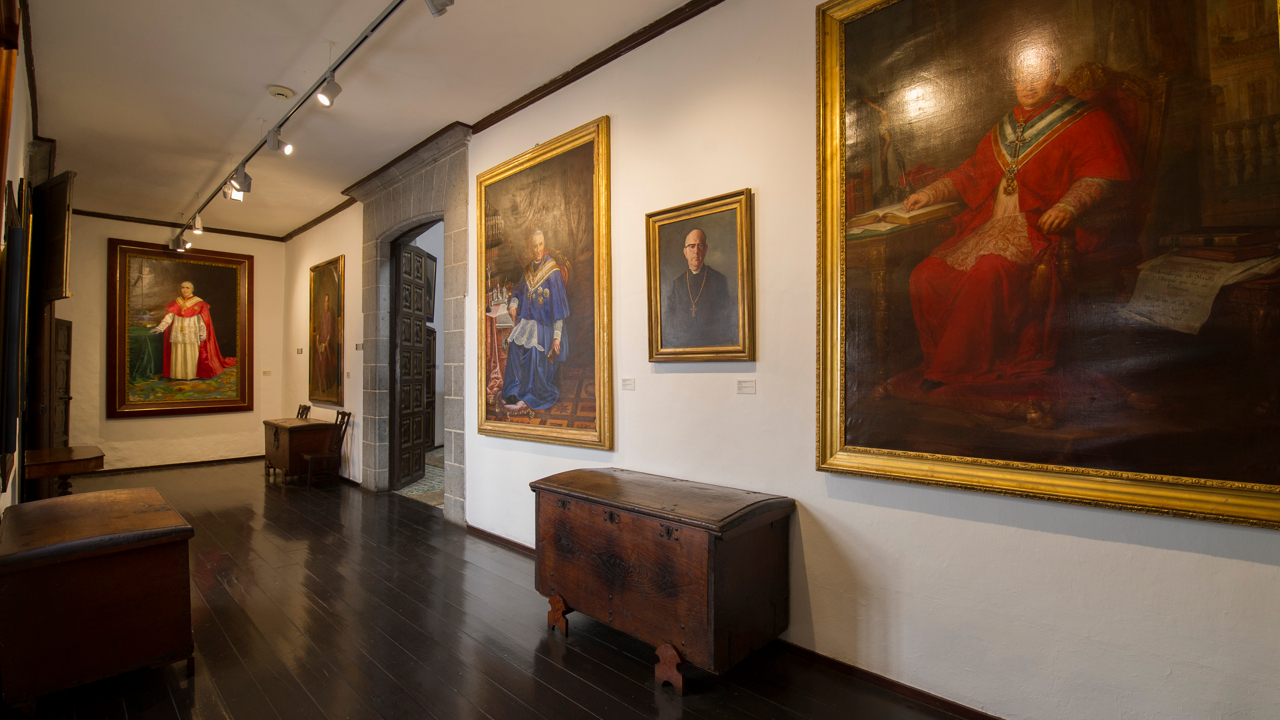
The foyer to the Capitular Room exhibits portraits of Bishops from the Diocese of the Canaries. Accessed is gained from here to the Capitular Room itself, the most outstanding one in the Museum, and where the Dean and the cathedral Cabildo meet up. It features a brightly coloured mosaic from the 18th century, and is presided by a Jesus on the Cross carved by Luján Pérez. Around the room are pieces of gold, silver, ivory and nacre precious metal objects. They have been shaped by an exquisite artistic touch such as embossing, gilding, and incrustations that originate into pieces of extremely high value.
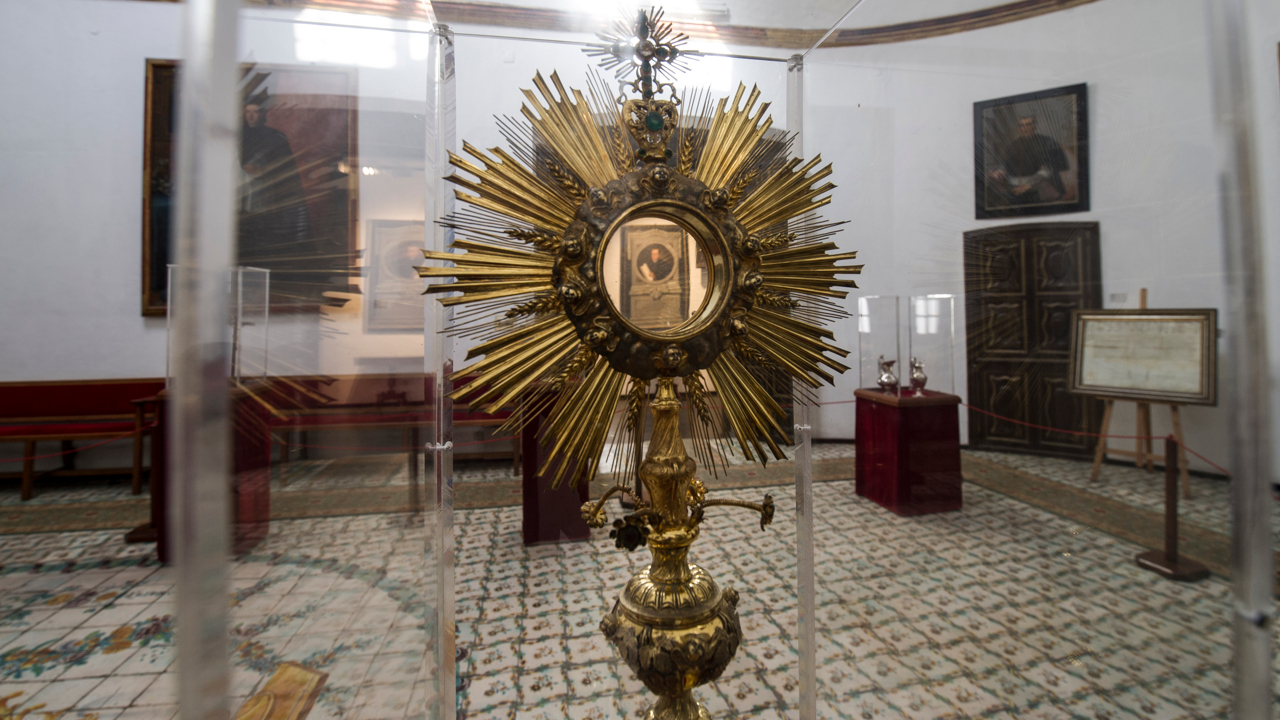
The Contaduría Room houses paintings representative of typical Canarian art, as well as 16th century Flemish figures that arrived in Gran Canaria thanks to trade between these treasures and sugar cane production that the Canaries, especially Gran Canaria did with Flanders. A key piece is the splendid Virgin of La Paloma dated in 1622 from Madrid and according to explanations by the Museum itself meets all the Baroque aspects from the Spanish Golden Period.
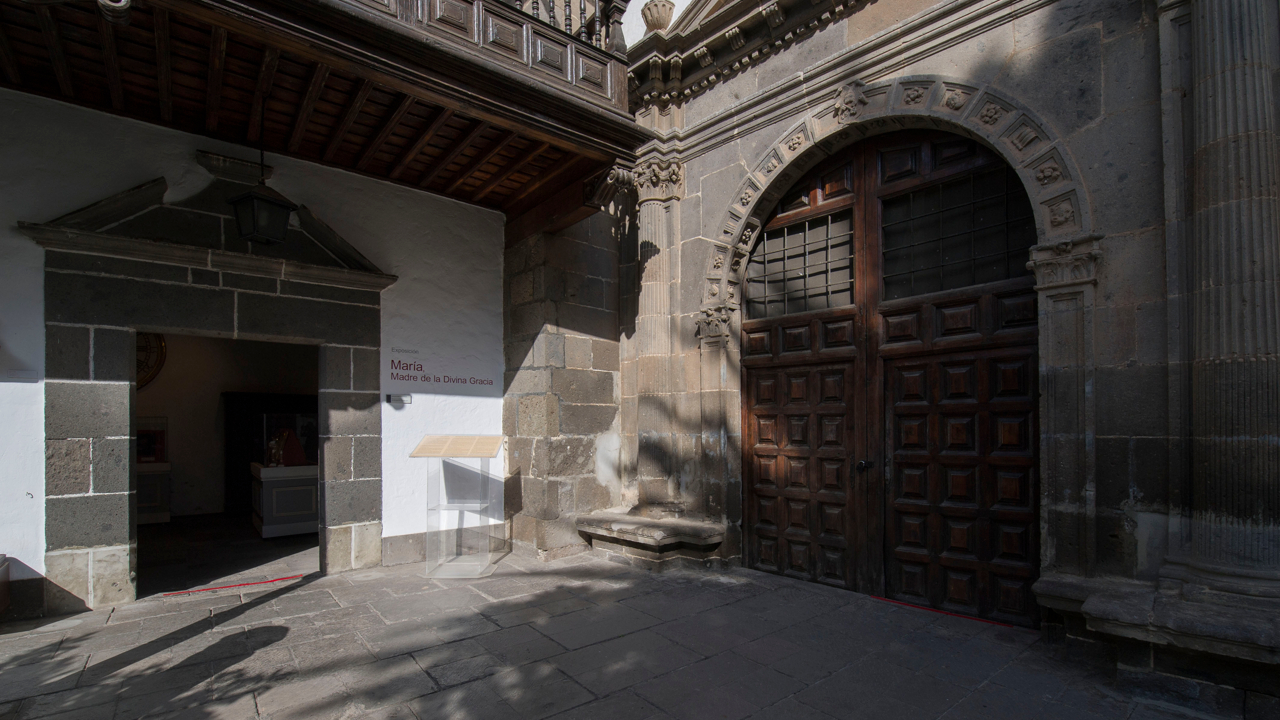
The group of rooms on the lower floor of the Diocesan Sacred Art Museum are given over to sculpture, represented by a series of wooden carvings and pieces of alabaster dedicated to the Virgin Mary and a range of figures from the book of saints. An interesting aspect is that they reveal the presence of Flemish artists and Spanish masters on the islands, and also in Gran Canaria. The permanent exhibition at the Museum is completed by a set of fourteen drawings that make up the Vía Crucis of Jesús Arencibia and a collection of nativity scenes made by national and international artistic schools, a curious stage of this journey around the sky.
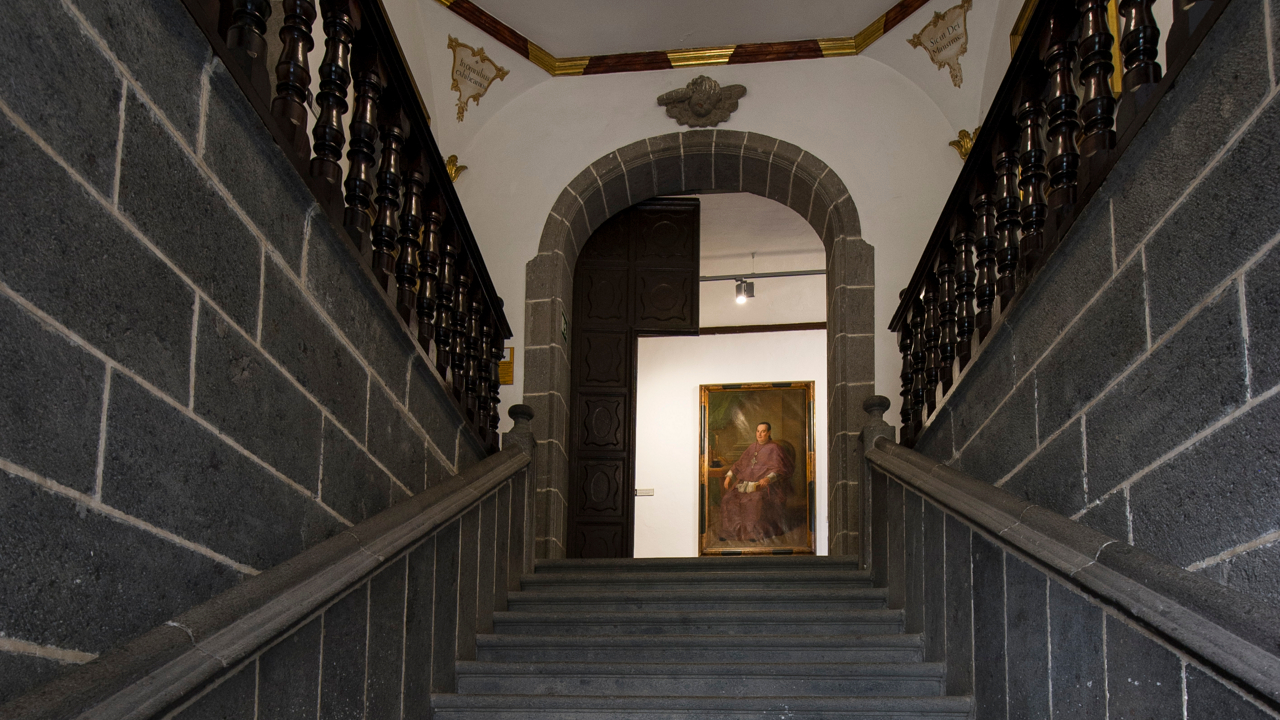
PRACTICAL INFORMATION:
The Sacred Art Museum
Address: Espíritu Santo St., 20. Vegueta, Las Palmas de Gran Canaria
Telephone: (+34) 928 314 989
Website: www.diocesisdecanarias.es
Related links:
Gran Canaria, the sky is not that far away

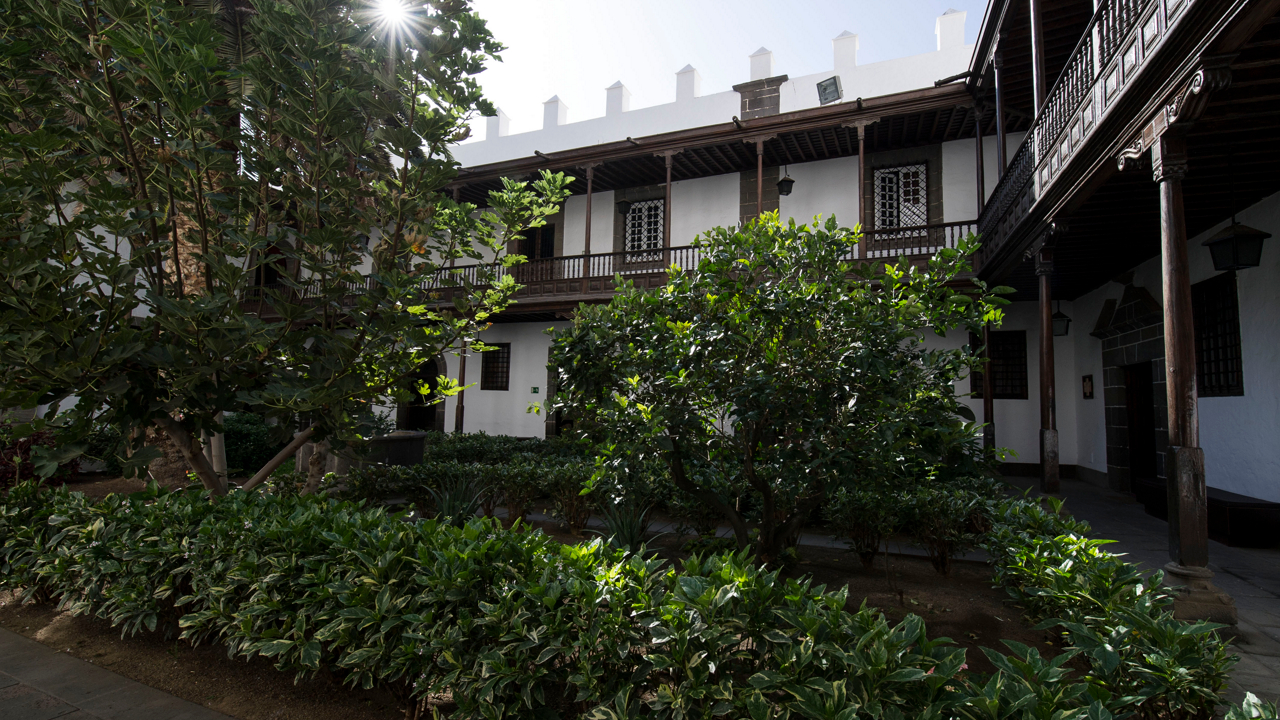
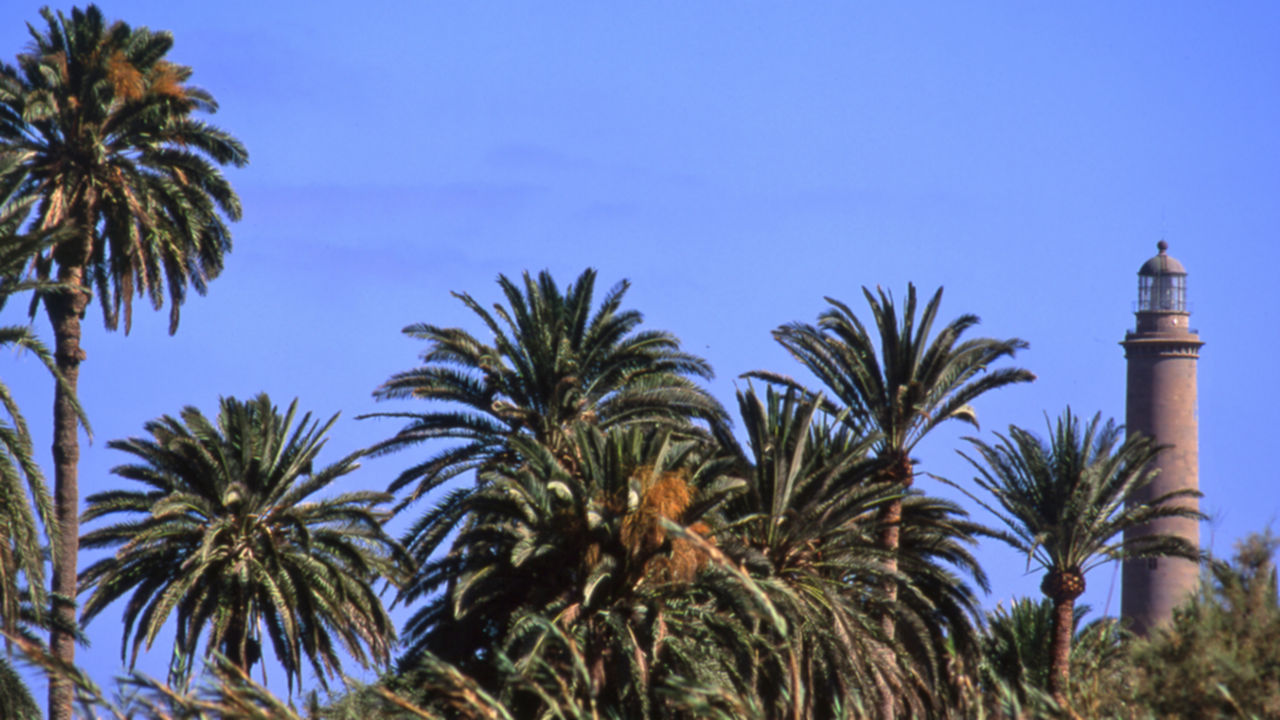
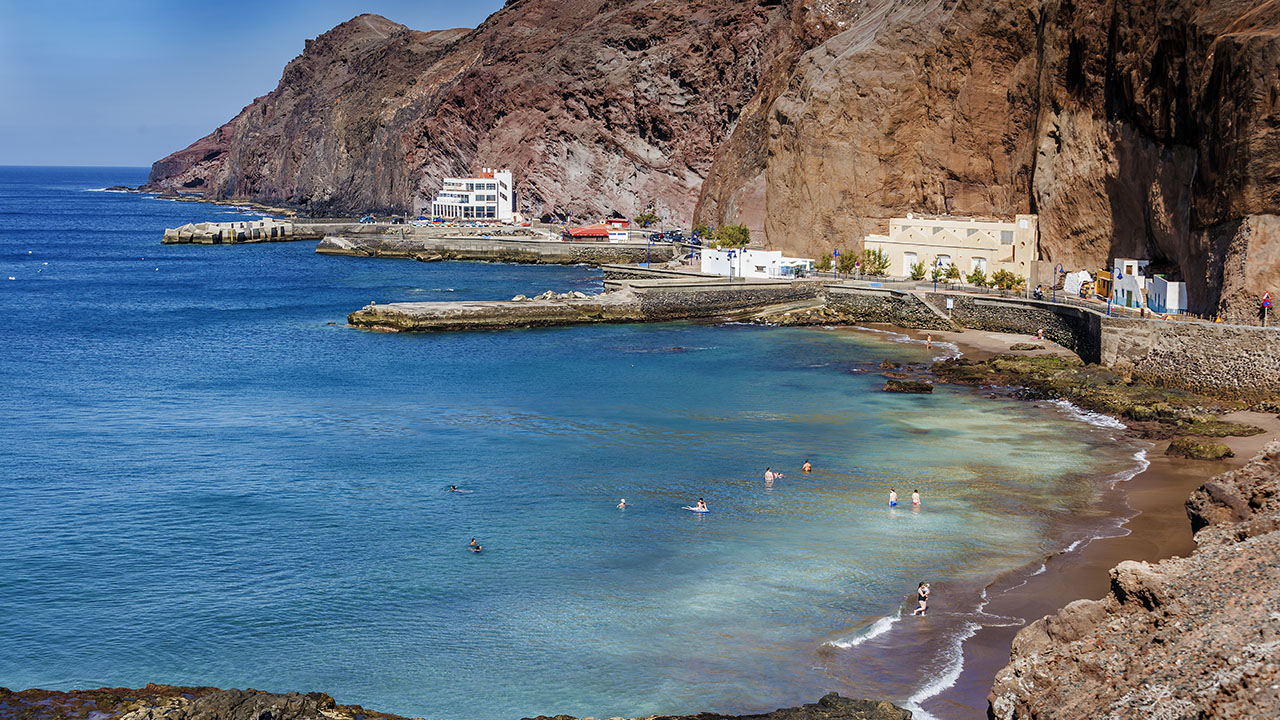
Comments are disabled for this post.